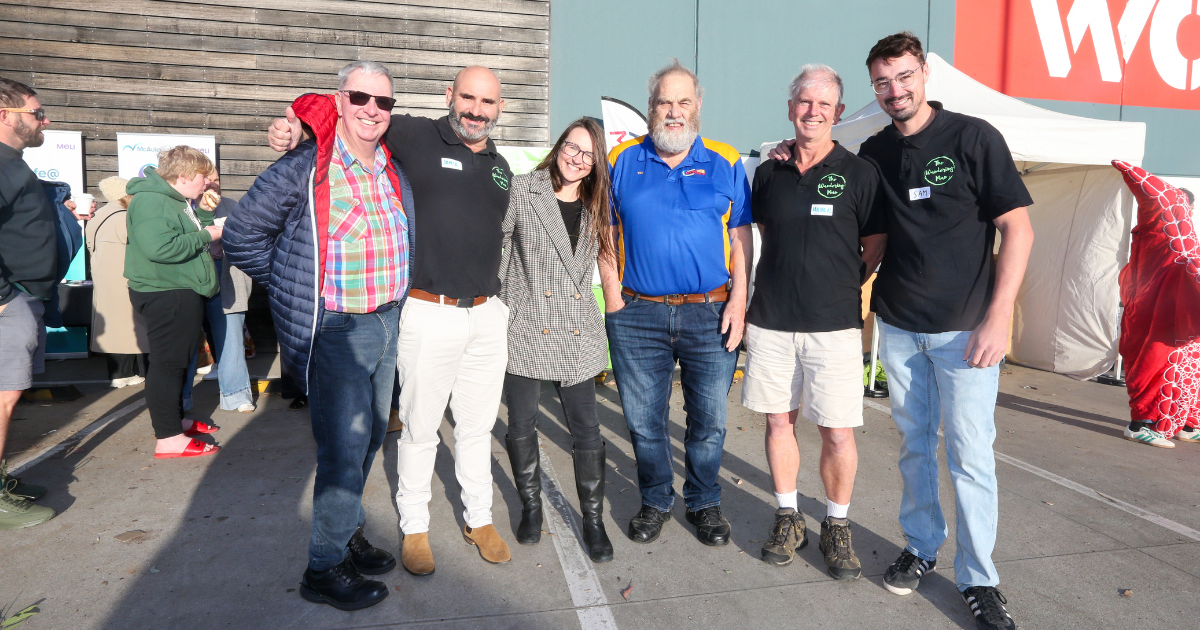Remembering the shire’s fallen

Australian soldiers in the Lone Pine trenches during World War 1. Photo: AUSTRALIAN WAR MEMORIAL/ A02022
THE long years of World War I took a toll on the families in the area that we now call the Surf Coast Shire.
Just over 600 men and women enlisted to serve overseas; 115 died, and 573 suffered some form of injury, illness or became a prisoner of war.
When peace was finally negotiated, and the Armistice signed, the celebrations filled towns across the country. In Torquay, Basil Drayton notified the town of the signing of the armistice.
He went out and gathered some boys and young men who marched the streets with ‘well sounding kerosene tins’ as drums until early morning. The school couldn’t be closed as there had been no official notice of the event.
Celebrations were held in the public hall, with every family in Torquay attending.
In 1914, initially many believed, and recruits were told, the war would be over by Christmas.
However, the war dragged on for another four Christmases, stopping just six weeks before the fifth year began.
During the last year of hostilities, in 1918, the capture of the town of Hamel (July 4) and its surrounding areas was thought to be a significant and strategic boon to the Allied cause. Capture of these areas provided an important foothold around the Somme area, as well as adding depth to defences on Hill 104 – the Villers-Bretonneux plateau. With the aid of air cover, tanks and artillery, the assault on Hamel was over in 93 minutes and all objectives achieved.
However, during this battle Lt. George Fewster (Deans Marsh SS), Pte. Alfred Evans (Anglesea), and Pte. John Beckman (Modewarre) lost their lives.
Further successful pushes by the Australians followed near Amiens on August 8 and Mont St Quentin and Peronne. It was on this day that Dr Percy Prime (Deans Marsh), LCpl. William Scott (Connewarre), Pte Walter Harbidge (Mt Moriac), Pte Harold Rosser (Torquay), and Cpl Arthur Gosney (Winchelsea) were killed in action with Pte Albert France (Winchelsea) dying a few days later from his injuries.
At the conclusion of the Battle for Amiens on August 28, Sgt Leslie Ellis (Mt. Duneed), Pte George Douglass (Anglesea), and L Cpl John Mann (Ceres) had also lost their lives.
The capture of Peronne (1 Sept) was a decisive victory, forcing the Germans to retreat to the Hindenburg Line, wiping out the gains of their March offensive.
From mid-September the Allies led carefully planned attacks on the Hindenburg Line’s formidable defences. On October 5, the Australians, including George Walters (Wurdale) who was killed in action, stormed Mountbrehain, effectively breaking the Hindenburg Line for the first time in the war. This was the AIF’s last infantry battle of the Great War.
Although artillery and other support units continued to aid the British advance, Australian troops were taken off the front line for a wellearned rest.
Still, seven other men from the Shire were to lose their lives during the last two months of the war: Frank Davidson (Torquay), George Walters (Wurdale), Charles Gogoll (Mt. Duneed), Ernest Ford (Bambra) and John Shell (Mt Duneed) were killed in action. Arthur Batson (Wurdale) and Allan Matthews (Modewarre) died of disease at the end of October.
After the Armistice there were another four deaths as a result of the war. Noel Black (Wurdale) died from his injuries, Harry Gavens (Anglesea) and John Thompson (Freshwater Creek) died from illness at the end of the war, and Edwin Challis died
during post-war clean up as a result of a farming accident.

















